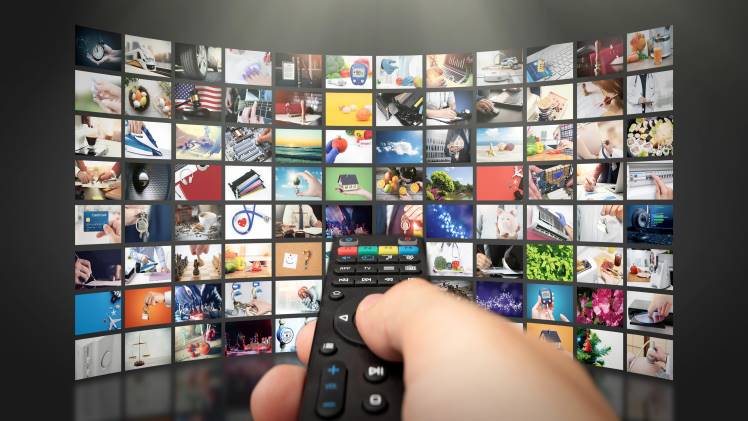The Impact of Connected TV Advertising on the Media Industry

Let’s face it. It’s a competitive, cutthroat world out there—and most marketers find themselves in hot pursuit of every possible way to reach their target audience more effectively and efficiently.
Welcome to the world of connected TV advertising!
Gone are the days of traditional TV advertising, where everyone had to sit through long, boring commercials that were completely irrelevant.
Today, advertisers can reach their target audience when and where they need to reach them most, while viewers are able to sit back, relax, and watch ads that are tailored specifically to them.
Now that’s the power of connected TV advertising.
What is Connected TV Advertising?
Before we can dive into the nitty-gritty of this topic, what is connected TV advertising, exactly?
Connected TV is a TV with internet connectivity that allows viewers to stream content through various apps like Netflix, Hulu, and Amazon Prime. This type of TV also enables advertisers to serve ads to viewers while they’re watching their favorite shows.
Connected TV ads can be in the form of pre-roll ads, mid-roll ads, or post-roll ads. Pre-roll ads play before the viewer’s requested content, mid-roll ads play during a break in the content, and post-roll ads play after the content has finished.
The beauty of connected TV advertising is that it allows you to be more targeted with your ads. You can reach audiences based on their demographics, interests, and behaviors.
For example, you can serve an ad for a new running shoe to viewers who have recently searched for running gear online. This level of targeting ensures that your ad is being served to viewers who are most likely to be interested in your product. It is also more cost-effective than traditional TV advertising, since you can choose to pay only for the views your ad receives.
The benefits don’t stop there—connected TV advertising is more interactive (since viewers can interact with ads by clicking on them) and provides more valuable insights to marketers about metrics like viewability, ad completion rate, and more.
How Connected TV Advertising is Revolutionizing the Media Industry
Connected TV advertising is the future of advertising.
It is estimated that by 2026, more than 117 million households in the United States will have a connected TV device—for comparison, population data suggests that there will be only 135 million total households in the US by that time. That’s a huge percentage.
Plus, people are simply more willing to watch CTV ads than linear or traditional TV ones. Many viewers report that targeted ads aren’t just tolerable—they boost their watching experience, making it more enjoyable. 86% of viewers believe CTV ads are more relevant and preferable than other types of ads—and are happy to watch them, especially for free streaming.
With these numbers in mind, it’s really no surprise that major brands are rushing to switch to connected TV advertising. With it, they can track the viewer’s engagement with their ads and give them insight into their customer’s behavior. Connected TV Advertising helps brands to measure their ROI and achieve their marketing objectives.
How is CTV Advertising Affecting Programmatic Buying?
Connected TV advertising is also revolutionizing the world of programmatic buying.
Marketers can buy ad space on specific connected TV platforms, at the right place, and at the right time—giving their ad more exposure.
With the aid of data-driven audience analytics, you can find the right demographics based on the person’s age, gender, interests, and location. This enables marketers to create highly targeted and personalized ads that meet the needs of their audience.
CTV is Leveraging the Power of Data
Connected TV advertisers can also leverage the power of data. The data obtained from connected TVs can help create and re-create a brand’s audience segments, which makes running relevant ads easier and simpler as time goes by.
Data-driven insights can help when it comes to predicting your audience’s behaviors, making the impact of the ads more prominent. The audience’s viewing preferences are tracked, giving advertisers insight into what their audience likes to watch and the ability to identify potential target groups.
Final Thoughts
As the world of advertising continues to evolve, it’s important for marketers in any industry to remember the overwhelming power of connected TV advertising.
TV advertising has come a long way, and connected TV advertising is the future.
Not only is it highly targeted and cost-effective, but it will deliver results that are sure to give you the upper hand over your competitors.
For any brand looking to make an impact in the media world, it’s time to jump on the connected TV advertising bandwagon!





